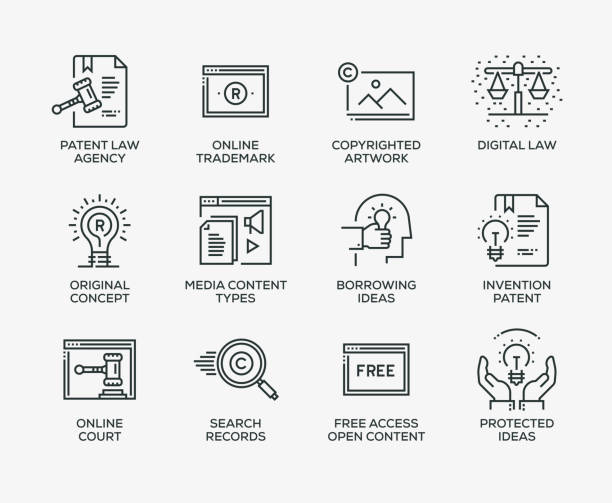Intellectual property (IP) is one of your most precious assets if you’re a technology company that serves the agriculture industry. You can’t, however, derive value from IP that you don’t own.
If you’re creating new technologies for farmers or growing a new plant variety, you’re probably enlisting the help of a number of individuals, including employees, consultants, advisers, and other contractors. However, hiring and paying individuals to develop technology for you does not always imply that you control the intellectual property (IP) in that technology.
Alternatively, maybe you’re working with another company to develop new technology or improve on existing technology. With numerous parties involved, it’s crucial to determine who will control the intellectual property developed as a consequence of the cooperation, as well as how that IP will be utilized or exploited once the partnership ends.
Documenting the ownership of the IP in that technology and establishing an acceptable chain of title is crucial to ensuring that you can extract value from the results of your hard work, regardless of how you go about producing and developing technology. With that in mind, here are some things to consider in order to safeguard your intellectual property.
Employees and Contractors Created Intellectual Property
Have an employee or contractor sign an agreement that covers ownership of IP in technology that they may build for or with you and gives you ownership rights in such IP before they start working for you.
Before you recruit new workers or contractors, check to discover whether they are subject to any non-compete provisions or other applicable limitations imposed by a prior employer or customer. If they use IP or confidential information generated or obtained during their employment or engagement with a previous employer/client in their work for you or to generate new IP for you, their work product or that IP may end up belonging to or being subject to rights held or owned by their previous employer/client.
Keep accurate records of who in your company contributed to the creation of your IP, and make sure they’ve given you their rights to their work product. Additional or confirmatory IP assignments, as well as waivers of certain rights, may be required in certain instances.
Have workers and contractors sign non-disclosure and confidentiality agreements with you. These agreements require them to maintain the confidentiality of any confidential material or trade secrets that they may access or use during their engagement with you, and therefore assist protect your intellectual property. This is particularly critical if you want to keep your capacity to patent specific confidential processes or innovations, as inventions that have been publicly revealed are not eligible for patent protection.
Finally, if you’re a software developer, be cautious while working with open-source code. Many open-source licenses have agreements, which make it illegal to use the code to create your own proprietary software.
IP developed in collaboration with a third party
If you’re working on a technological project with another company, you should sign a contract with them that specifies out who owns the intellectual property (IP) in any technology that comes out of your cooperation and what happens to it after the project ends.
Parties with comparable technology, talents, or resources are usually involved in collaborations. Perhaps you have the technical know-how but lack the facilities and equipment to make your concept a reality. Perhaps you’ve created a technology that, when combined with the technology of another business, becomes even better or can be utilized for a new purpose.
Collaboration agreements come in a number of different forms, depending on what each party brings to the table, who is supporting the cooperation’s activities, and if one or both sides’ existing technology or intellectual property is necessary for the collaboration. These agreements, however, are complicated, and should include at a minimum the following fundamental elements:
- What is each party contributing to the collaboration?
- What rights does each party retain in their contribution, and what rights do they grant?
- Who owns the IP arising from the use of these contributions in the course of the collaboration? Who is permitted to use it? How are they permitted to use it?
When creating collaboration agreements, keep in mind that both parties are working together and should profit from the cooperation’s outcomes or output. Before getting into a collaboration agreement, consult with a legal professional to verify that your efforts are properly rewarded.
The list of global IP Firms can be found here.

